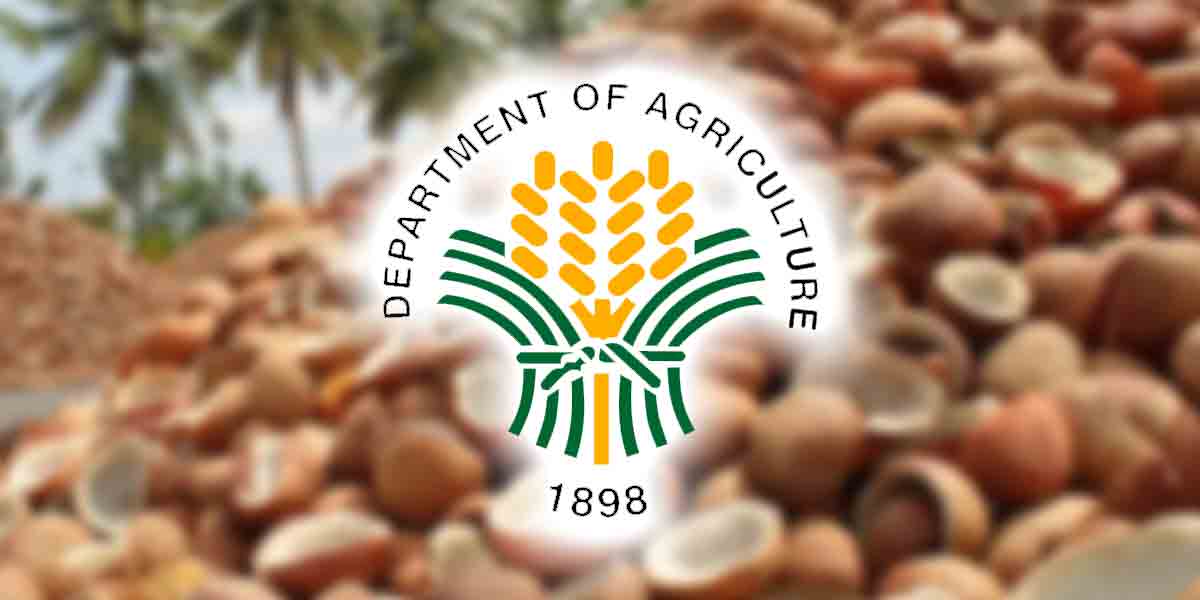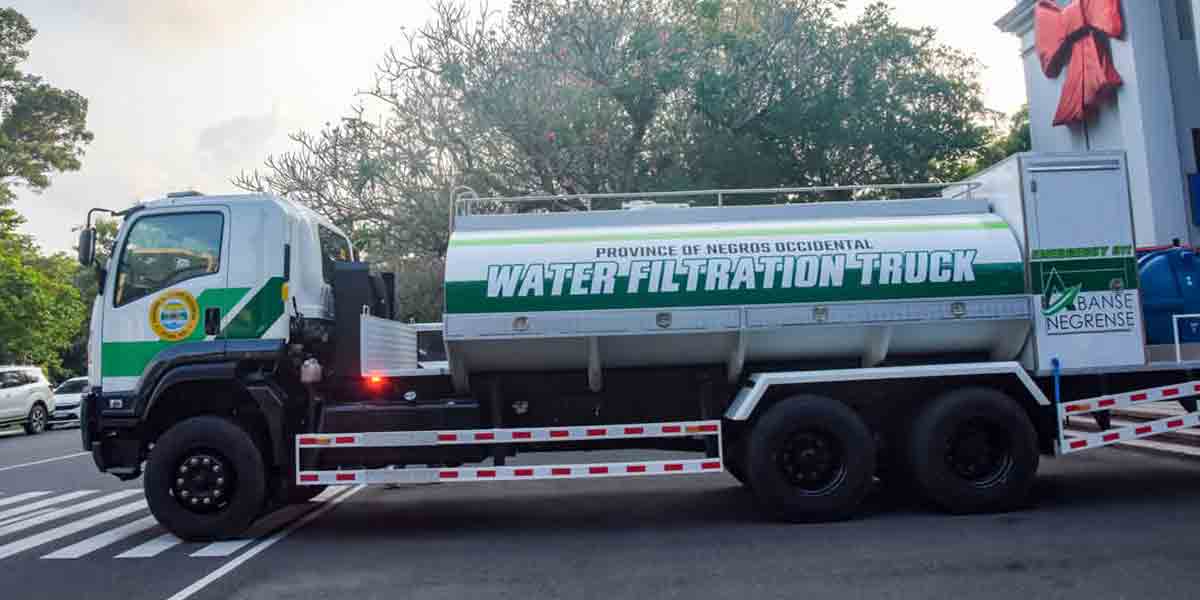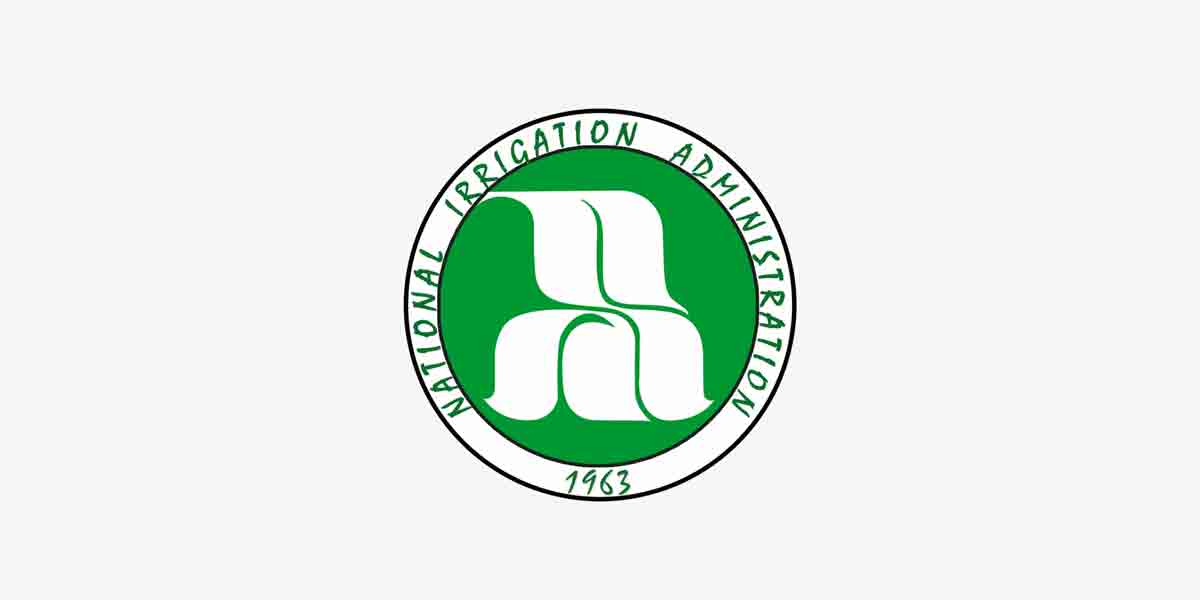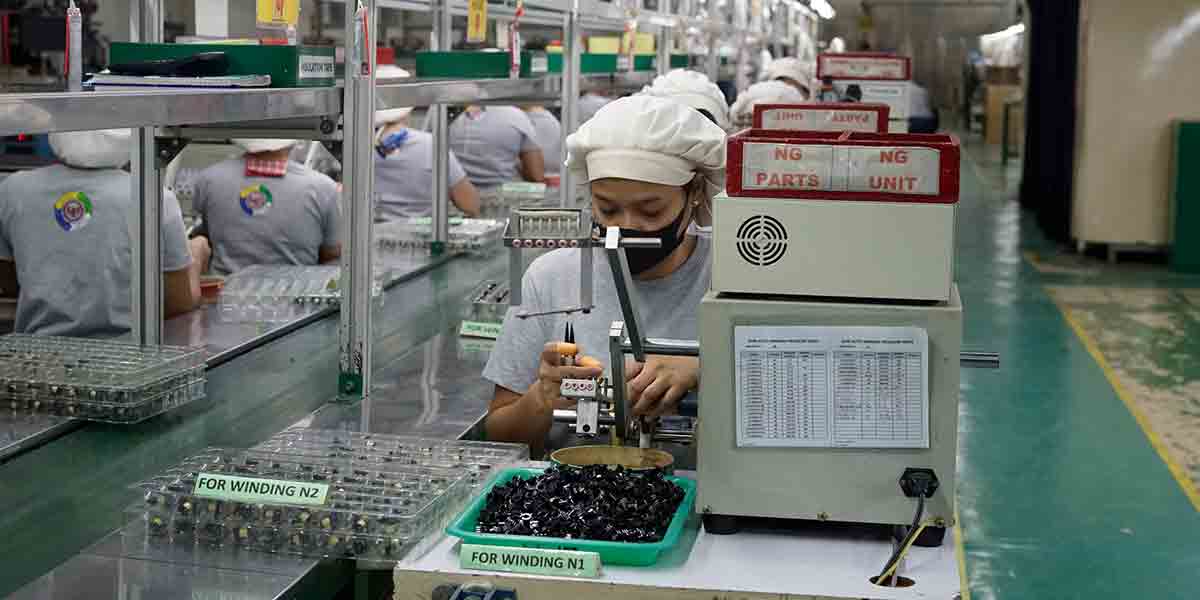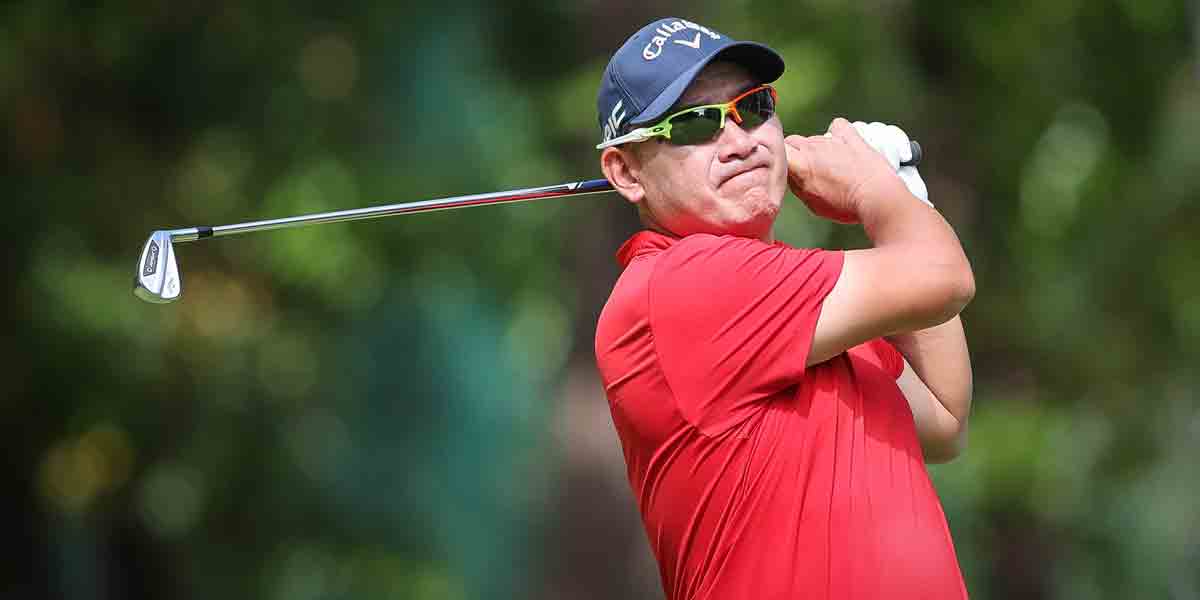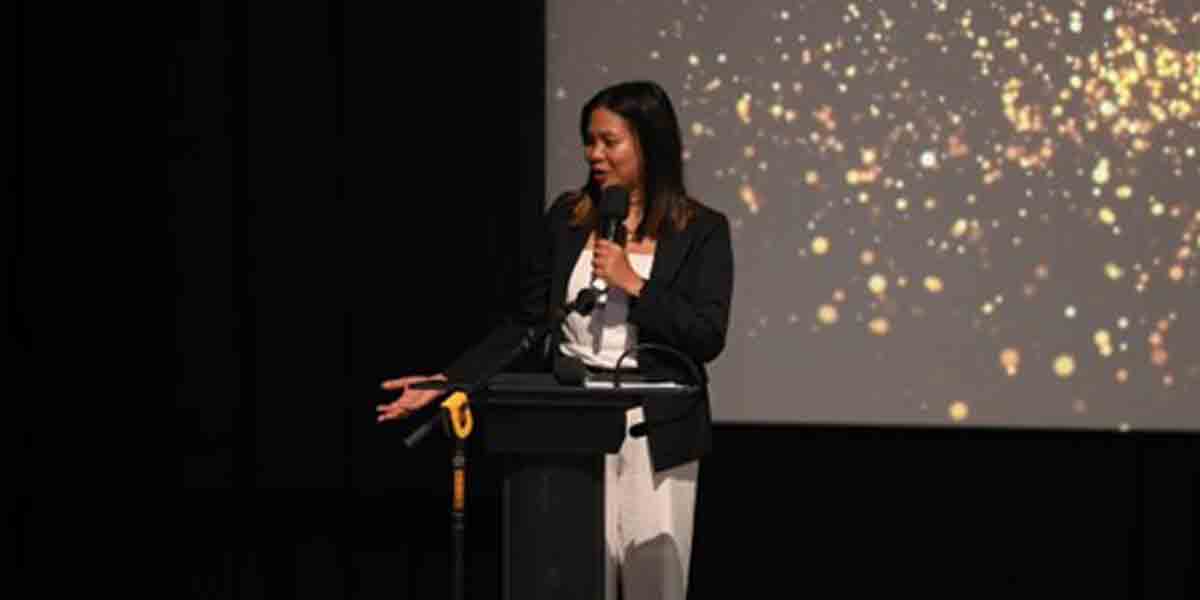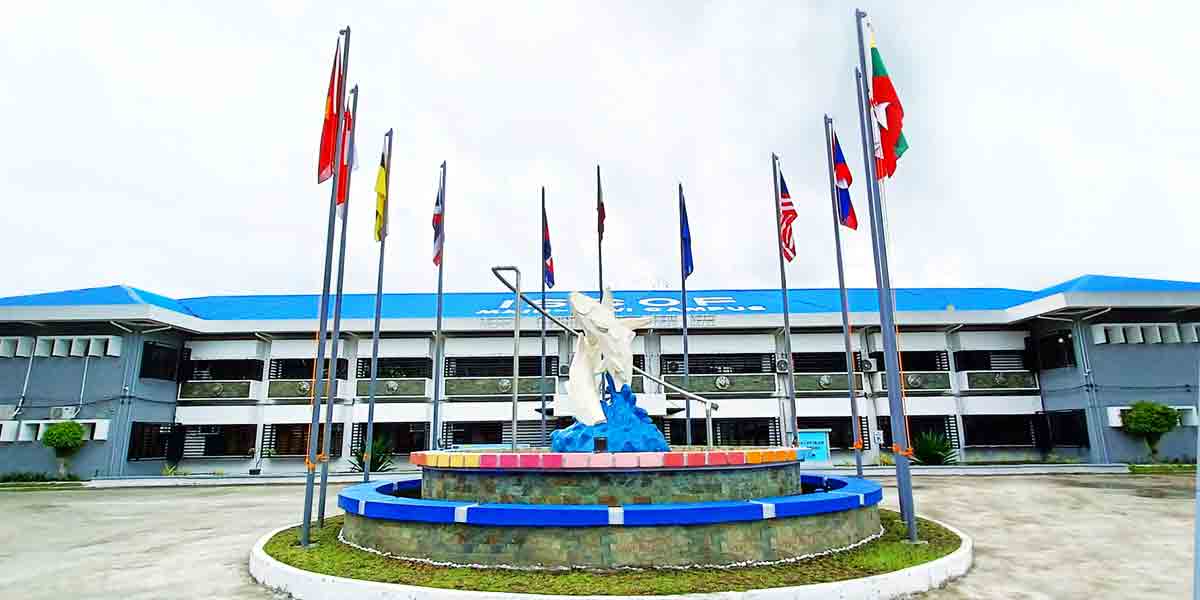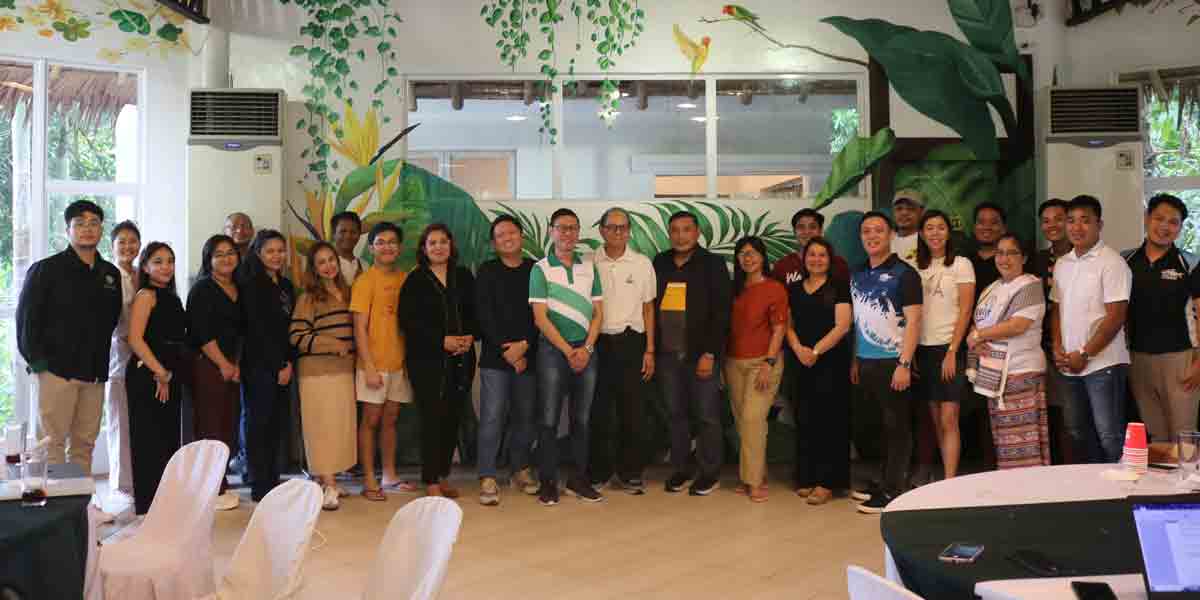By Artchil B. Fernandez
The crisis in Philippine education once again drew national attention after the report of Philippine Business for Education (PBEd) came out. A study of PBEd analyzed 12 years of licensure examination for teachers (LET) result based on the data of the Professional Regulation Commission (PRC) and combined this with other information from the Commission on Higher Education (CHEd).
Findings of the study revealed that “56 percent of the schools nationwide offering teacher education had below-average passing rates in the licensure exam since 2010.” Overall, the study found that the passing rate in teacher’s examination is lower compared other professional courses such as architecture, nursing, civil engineering and accountancy.
PBEd study also disclosed that only 2 percent of schools in the country offering teacher education are high performing with at least 75 percent passing rate in LET. The country has 111 schools under the classifications of Center of Excellence (COE) and Center of Development (COD) for education. The study showed that “more than 81 percent of COEs and 91 percent of CODs were not high performing in the licensure exams.” The figures spoke of the poor quality of teacher education in the country.
Low passing rate in LET is only one facet of what ails Philippine education. Teachers however play a crucial role in the education sector. Low quality of teacher education in the country has serious implications on the education of the young. Poor quality of teachers leads to poor quality of students and the data back this tragic reality.
After long years of absence, the Philippines took part in several international education assessments. The Philippines participated again in the Program for International Student Assessment (Pisa) in 2018 after 16 years. In 2019, the country was also included in the Trends in International Mathematics and Science Study (TIMSS) and the first cycle of the Southeast Asia Primary Learning Metrics (SEA-PLM). The results of these assessments and studies reveal the sorry state of Philippine education.
Achievement and application of key knowledge of 15-year-old students in reading, mathematics, and science was assessed by Pisa while TIMSS measured the mathematics and science ability of the fourth and eighth grades students. SEA-PLM on the other hand looked into the reading, writing, and mathematical literacy, with focus on Grade 5 students.
The three studies revealed that more than 80 percent of students in the Philippines failed in minimum levels of proficiency expected for the respective grades. Overall, the country was either last or near at the bottom in the ranking of countries that participated in these studies and assessments. In TIMSS, Philippines was last in science and math among the 58-country participants. Of the 79 countries that took part in Pisa, the country was last in reading and second to last in science and mathematics. SEA-PLM study bared that Philippines was among the bottom half of the six countries in reading, mathematics, and writing literacy.
Citing the studies, a World Bank report (WB) pointed out the low “growth mindset” among Filipino students. Only a third of students in the Philippines believed “they can become more intelligent” and develop abilities and intelligence over time the according to the WB. “In Pisa 2018, the Philippines had one of the lowest proportions of students believing in a growth mindset, with only 31 percent of its students, as opposed to the OECD average of 63 percent agreeing that their intelligence could be changed.”
The WB report concluded Philippine education is in peril. “There is a crisis in education – which started pre-COVID-19, but will have been made worse by COVID-19,” the World Bank said, as “more than 80 percent of children do not know what they should know” in school.
Poor performance of students even at the minimum level of proficiency is the product of poor quality of teacher education in the country. Garbage in, garbage out.
Exacerbating the terrible state of Philippine education is its commercialization, particularly at the tertiary level largely dominated by private schools. Private schools operate more like economic institutions than institutions of higher learning. Their primary aim is to accumulate profit instead of imparting and generating knowledge and producing excellent and competent professionals.
The quest for profit by private schools led to mediocrity in higher education where excellence is sacrificed for money. Students are treated as paying customers whose whims and caprices are paramount over helping them become competent, skilled, and proficient professionals. PBEd study that showed low passing in LET is an example of the poor standard of Philippine education due its commercialization. Private schools do not care how their graduates perform in professional board exams. Fleecing students of their money is their central concern.
Currently there is no end in sight to the crisis plaguing Philippine education particularly under BBM. The appointment of Sara Duterte as education chief signals the administration’s lack of concern on the rotten plight of the country’s education. If the present administration is truly bothered by the alarming state of education in the country, why make as head of the education department a person whose solution to problems is “off with the head?” A real educator is needed to lead the education sector.
BBM has not said anything about the crisis of Philippine education. How his “unity” platform will address the malignant problems of the education sector remains a mystery. This is what the country gets by electing a person whose paramount interest is to advance personal agenda than serving the welfare of the nation and the Filipino people.

